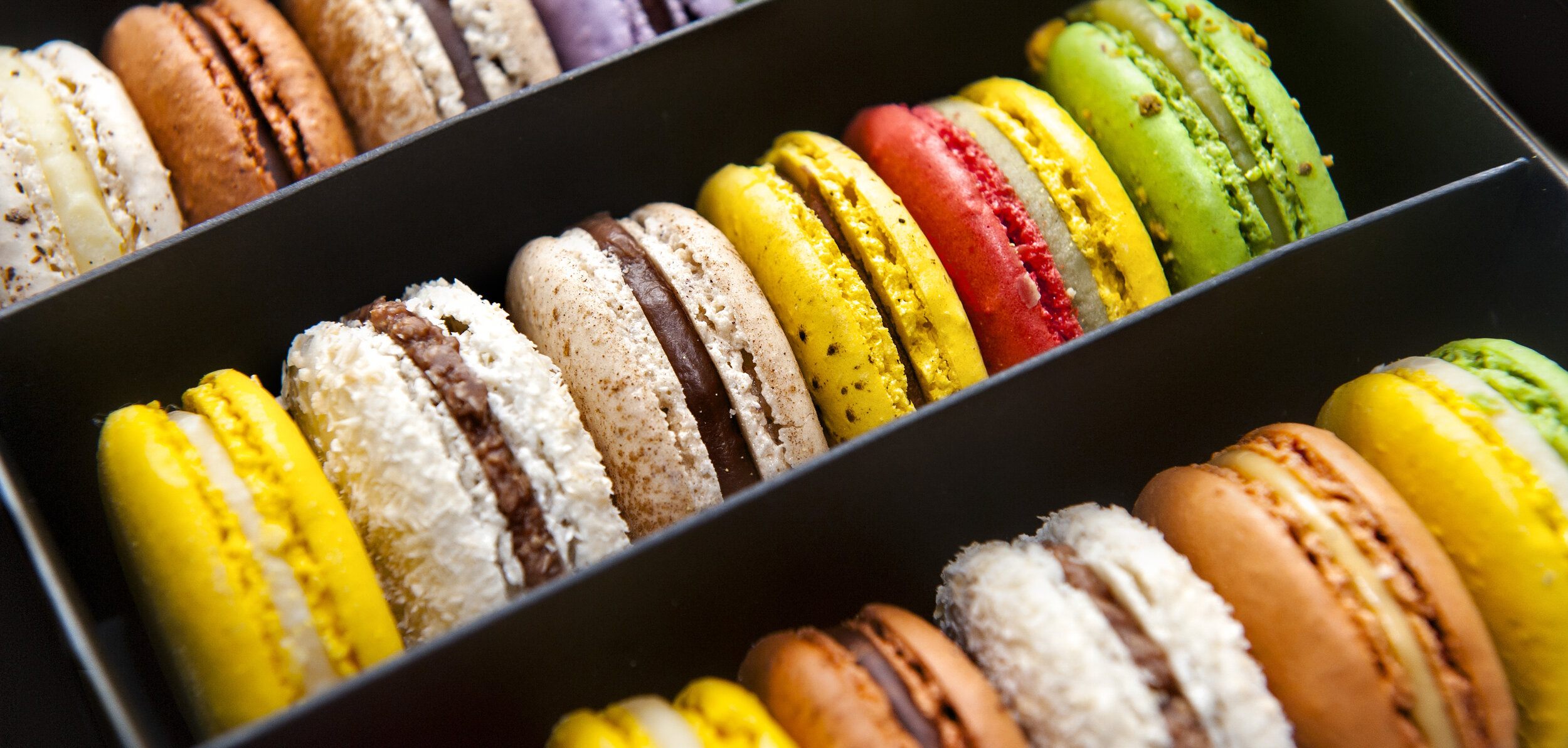Image Credit: A glimpse inside the Miromesnil traversée Metro Station
Visiting a new city is daunting. Joining a local tour can be a good place to start. Learn more here.
While there are thousands of different ways to visit Paris, there are a few tips and tricks locals use to get around the city that are incredibly helpful to tourists as well. From restaurant reviews written by Parisians to city maps and subway lines, here are some of the best apps to use on the go when exploring the City of Lights.
Citymapper
Rated as one of the top navigation apps in the app store, and a favourite of Parisians, Citymapper shows users the easiest ways to get around any city by comparing all avenues of public transportation in real-time. In Paris, the app finds the fastest routes to get anywhere in the city by looking at the metro, bus, train, tram, cab, carshare, scooter, e-scooter, bike and walking routes. In addition, the map will display all bikes and scooters nearby with their battery percentage so if you are looking to scoot around the city, Citymapper makes it easy.
Visit A City
More suited to give you ideas for your trip, this “personal travel guide” app offers top attraction recommendations and planned itineraries for many cities, including Paris. If you are looking for the best plans near your hotel, the app populates recommendations at the push of a button curating a collection of the city’s finest sights and hotspots.
3. Whatsapp
If you are staying in Paris for even a few days, Whatsapp will come in handy to contact anyone with free texting and calling internationally. Used by locals and tourists alike, the app allows you to send pictures, voice messages and videos over text using Wifi or mobile data connection.
4. RATP: Bus Metro Train Paris
If you are planning to use public transport while travelling in Paris, the RATP app allows you to plan your routes ahead of time, find maps and train schedules and receive notifications due to delays. To keep travelers safe during the COVID-19 pandemic, the app also offers passenger density information so you can see how busy the trains are with a crowd level indicator. And for an added bonus, the app also you free access to the RATP stations Wifi network so you can connect on the go.
Image Credit: Outside the Saint-François-Xavier Metro line 13
5. Google Translate
Perfect for on the go translation, Google Translate allows users to translate any foreign words in a picture. Hold up your phone to street signs, restaurant menus and inside museums and the app will automatically translate the words into whatever language you need. Users can also speak into the phone directly to have the translation read aloud in a foreign language.
6. Word Reference Dictionary
When you are looking for an easy way to translate accurately from English to almost any foreign language, Word Reference Dictionary offers users multiple options with every search so you can be sure you are translating correctly. In situations where you want to make sure you are being polite and understanding someone perfectly, Word Reference Dictionary comes in handy for selecting the right phrase and making sure the meaning remains accurate in translation.
If language learning is not your thing, as long as you master this one French word and one French phrase, you’ll get along during your trip to Paris. Read more about it here:
“How Rude Are the French? Use These 2 Simple Phrases to Find Out”
Photo by Lisa Rankin
7. The Fork
For great restaurant recommendations in Paris, The Fork provides written reviews by Parisians and discounts at many local restaurants. Users can book reservations online through the app and take advantage of many exclusive offers and discounts across the city. Book ten reservations through the app and receive ten euros off your next meal at any of the restaurants in the app.
BONUS RECOMMENDATIONS:
Google Maps
Like Citymapper and other navigation apps, Google Maps is a reliable method of getting from point A to point B, particularly when traveling by public transport. But even before you know where you want to go, Google Maps can act as your guide to the city’s finest restaurants, shops, and attractions nearby. Just search for the desired activity and the app will lead you in the right direction (literally). It’s almost like having a local guide showing you around! Hint: The app lets you bookmark and organize the places you want to go beforehand. And you can tell how popular a place is by looking at its reviews.
Bolt
A cheaper alternative to Uber, Bolt is the go-to ride-share app for those late nights when you’re out after the metro closes. They’re reliable and can get you to where you want to go quickly and comfortably (unlike the night buses here).
Doing Things the Old Way
Apps are convenient, but if you prefer having something physical you can hold, try using a Paris Pratique. Found in many bookstores and street stands throughout the city, this handy booklet is equipped with everything you need to navigate your stay in Paris—a metro map, street index, and places of interest including museums, monuments, parks, and cafes. The meat of the book is filled with puzzle-pieced enlarged sections of the maps for each arrondissement. And if you lose track of what you are looking at, there is a little birds-eye view diagram of Paris, pinpointing your location in the upper right-hand corner to help you figure out where you are.
















